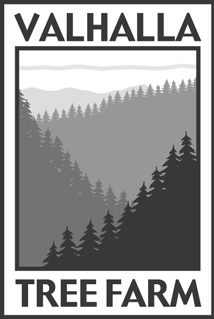
The 7 Mhz band is most useful for inter-continental communication for one or two hours before sunset, during the night and for one or two hours after sunrise. Radio waves are reflected off the F layer and enable short to medium distance contacts out to a range of 300–1,000 miles or more, depending on conditions. In higher latitudes, daytime intercontinental communication is also possible during the short days of winter, for example a good path often opens between Japan and northern Europe in the hours leading up to European midday from late November through late January, with a long path opening to the west coast of the United States and Canada after midday
This is many ham's favorite band. It is
always open somewhere. During the summer daytime distances of 300-400
miles and night time distances of 1000 miles are very common. Winter
days with 500 miles or more are usual and night time conditions bring DX intercontinental
communications. This band is shared with short-wave broadcast from
countries outside of North America. Between these signals a ham with a
reasonable station can work stations worldwide if you can find a clear
spot!. Not as affected by the sunspot cycle as 20-10 meters. Many nets
frequent 40 meters both day and night.
The F region of the ionosphere is home to the F layer, also called the Appleton–Barnett layer, after the English physicist Edward Appleton and New Zealand physicist and meteorologist Miles Barnett. The F region contains ionized gases at a height of around 150–800 km (100 to 500 miles) above sea level, Generally speaking, the F region has the highest concentration of free electrons and ions anywhere in the atmosphere. It may be thought of as comprising two layers, the F1 and F2 layers.